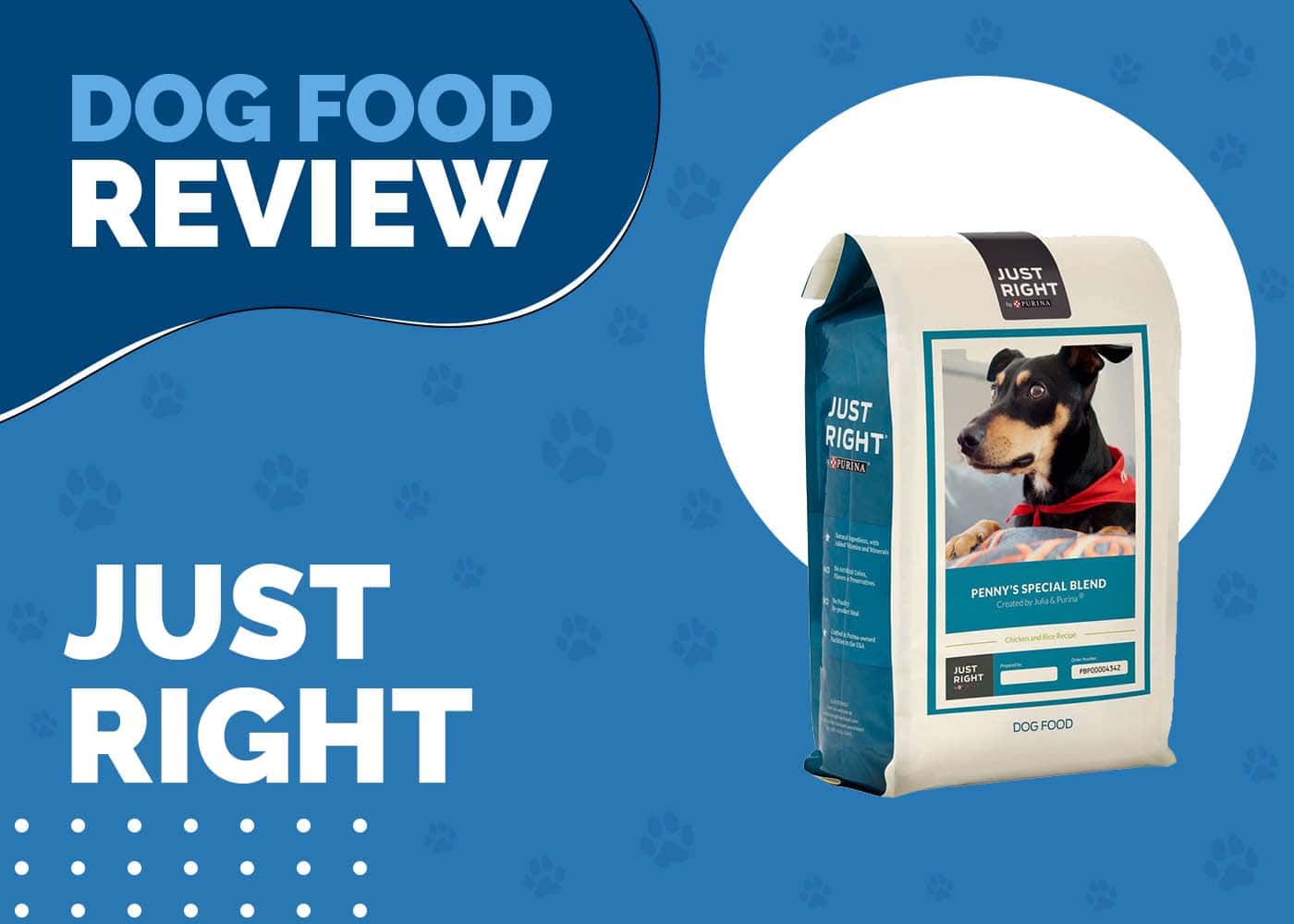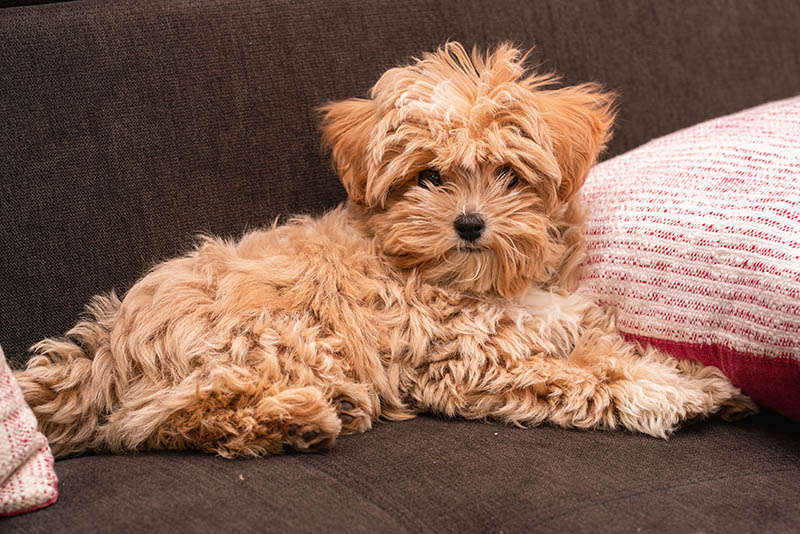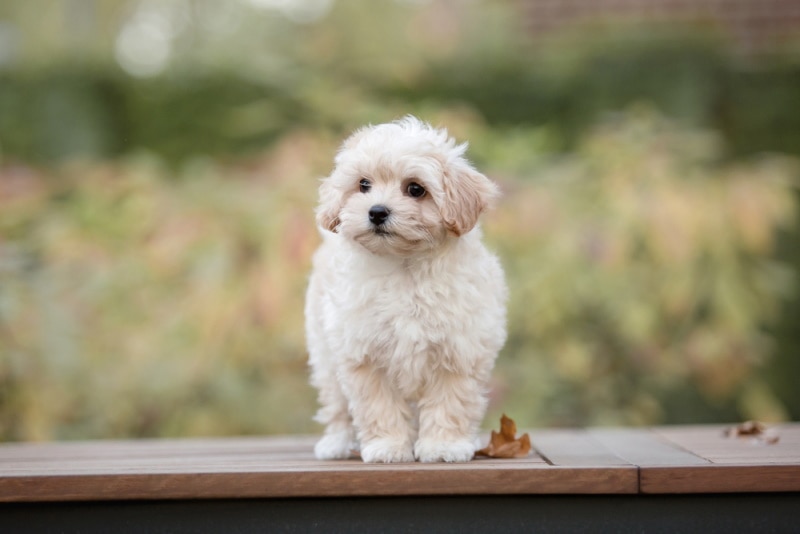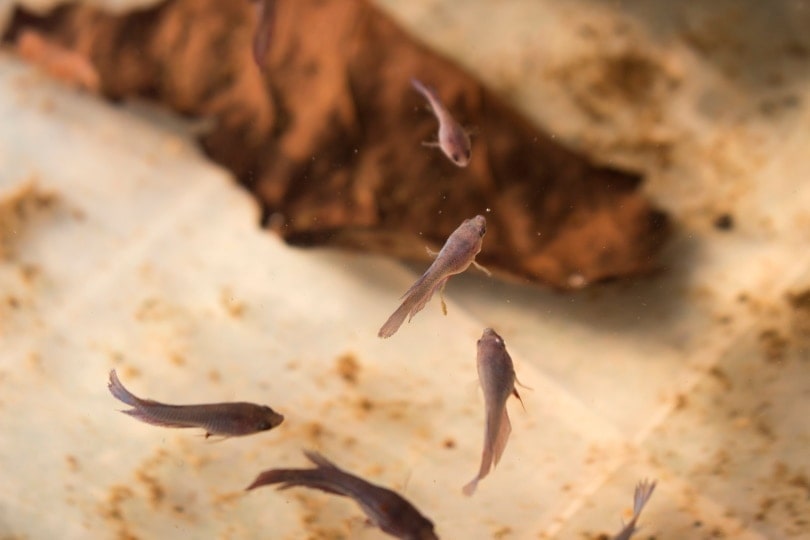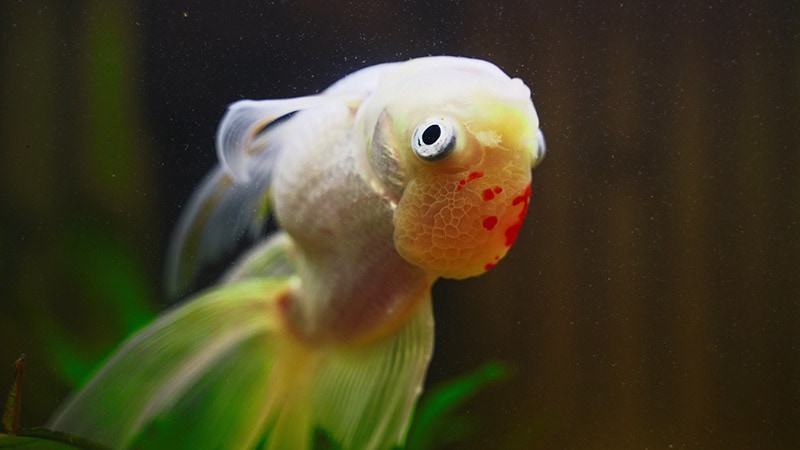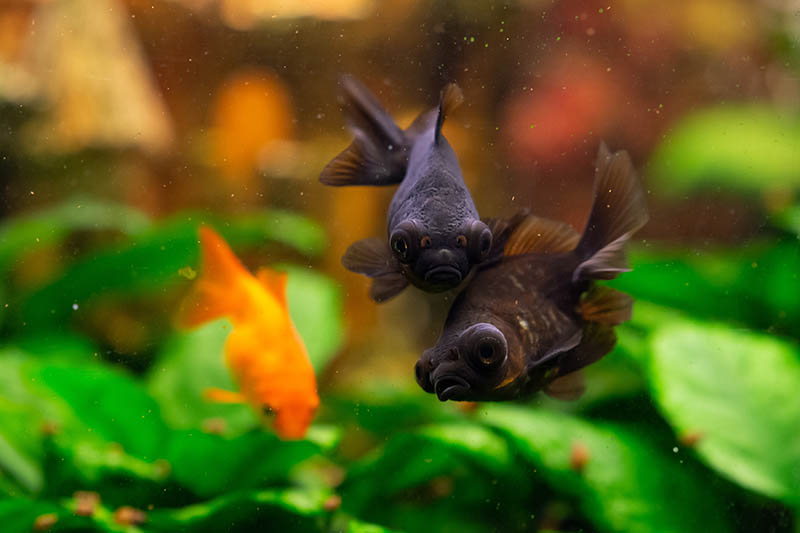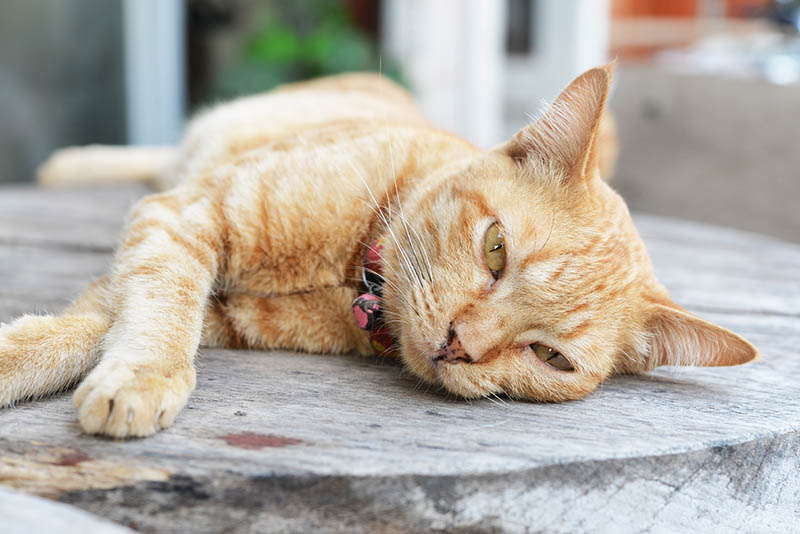How Long Should You Withhold Food From a Dog With Diarrhea?
By Jessica Kim
Updated on
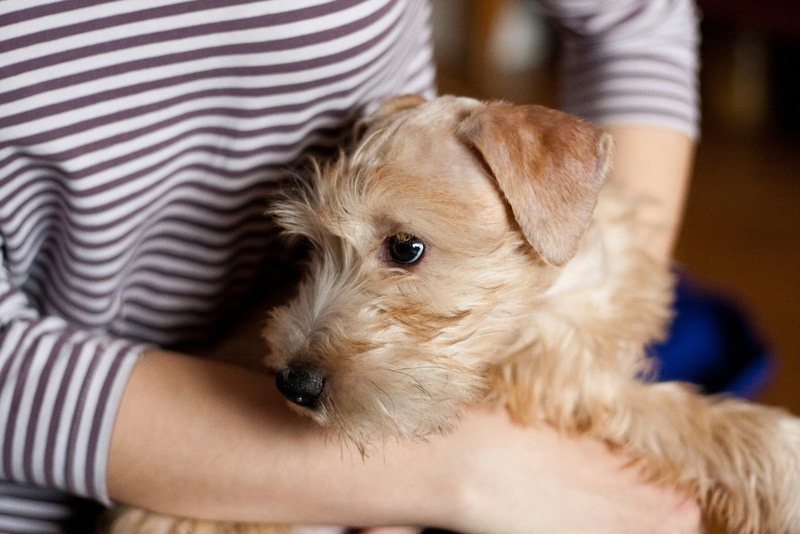
Sometimes, dogs can experience an upset stomach that causes diarrhea. A standard method to help dogs recover is to withhold their food temporarily. The recommended amount of time for these types of fasts is 12-24 hours.1
If your dog has diarrhea, it’s essential to provide the appropriate treatment to ensure that it recovers well. Here’s what you need to know about withholding food and helping your dog bounce back from cases of diarrhea.
Reason for Withholding Food from Dogs With Diarrhea
Having your dog undergo a temporary fast can help its digestive tract settle down and reset. It’s often a safe method for addressing diarrhea for healthy adult dogs, but there are some special cases. Fasting may not be safe for dogs that fall into the following categories:
- Puppies
- Pregnant or nursing dogs
- Senior dogs
- Dogs with chronic illnesses
These dogs have special dietary requirements and nutritional needs, so fasting can end up doing more harm than good. If you have a dog that falls into any of these categories, make sure to contact your veterinarian for further instructions on addressing diarrhea.
When you withhold food from your dog, make sure to supply plenty of water because diarrhea can cause dehydration. If you notice any other symptoms develop along with diarrhea, call your veterinarian right away.
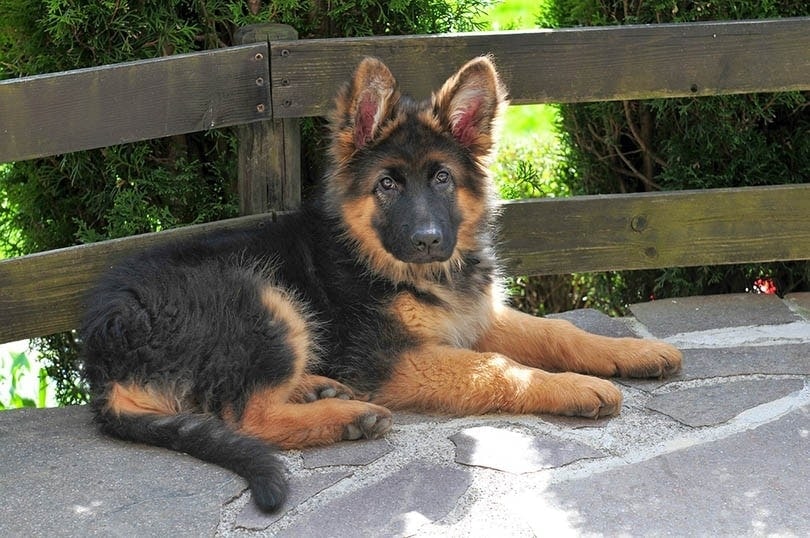
What to Do After Withholding Food from Dogs
If your dog’s diarrhea stops after the fasting period, you can move forward with introducing bland foods. If diarrhea persists, consult with your veterinarian for the next steps. You may need to visit your veterinarian. Collecting a stool sample can help them run tests to rule out various possible underlying causes.
If your dog is cleared to eat food again, slowly reintroduce food by starting with bland foods. Common bland foods include the following:
- Cooked, unseasoned white rice
- Boiled chicken
- Pumpkin
- Probiotics
- Boiled potatoes
- Cottage cheese
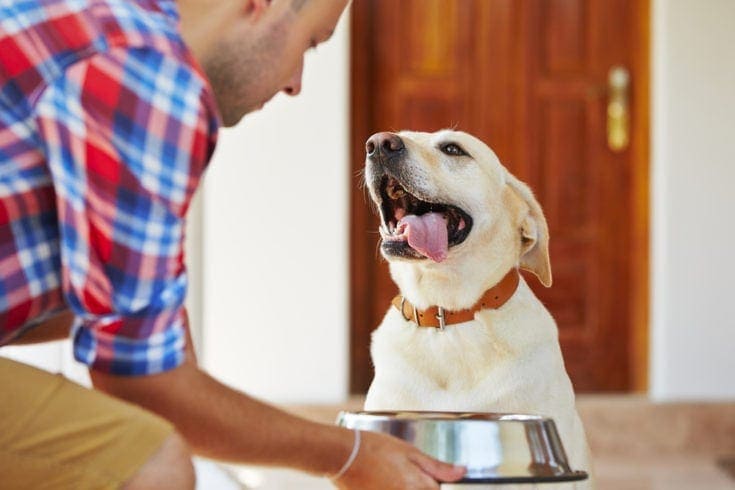
You don’t want to give your dog too much food too quickly because this can upset their stomach and cause diarrhea. It’s best to give small portions of food multiple times per day. Start with small quantities and increase the amount of food you give to your dog over the span of a couple of days.
If your dog can eat bland food without any cases of diarrhea, you can slowly re-introduce its regular diet. Start by mixing small amounts of your dog’s food with bland food. Then, increase your dog’s food while decreasing the amount of bland food. This process should take about a week, but it can take a longer time if you have a dog with a sensitive stomach.
When To Call Your Veterinarian
While diarrhea doesn’t always need to cause alarm, some concerning symptoms will warrant a visit to your veterinary clinic. If your dog experiences any of these symptoms, make sure to update your veterinarian:
- Mucus or bloody stool
- Blackened stool
- Dehydration
- Irritated or inflamed skin
- Lack of appetite
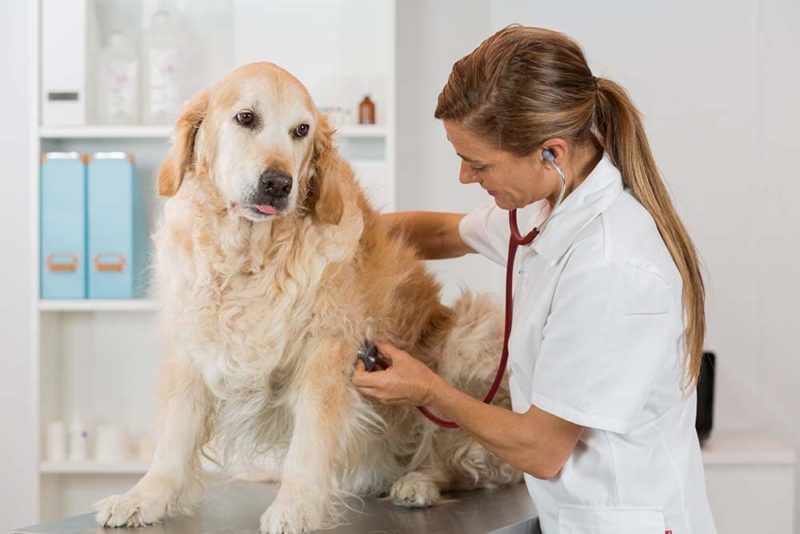
Conclusion
You can safely withhold food from dogs for about 12-24 hours. This period allows ample time for your dog’s stomach to settle and reset. Once it ends, it’s safe to start reintroducing food to your dog.
You can usually treat some cases of diarrhea at home, but it doesn’t hurt to consult with your veterinarian. It’s better to be safe than sorry, so when in doubt, speak with your veterinarian to help your dog recover from diarrhea in the best and safest way possible.
Featured Image Credit: katamount, Shutterstock


